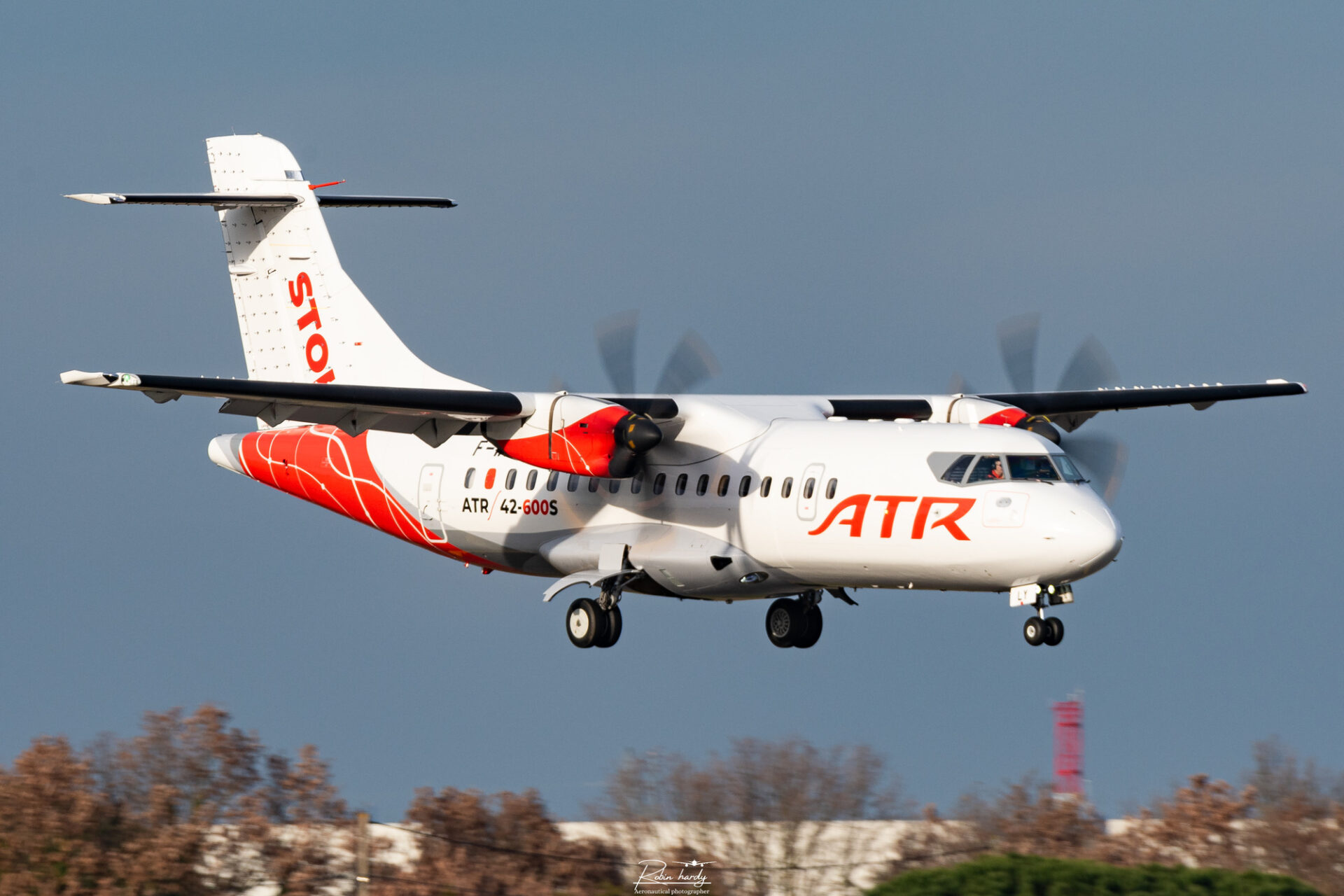Franco-Italian turboprop aircraft manufacturer ATR has decided to halt the development of its short takeoff and landing (STOL) variant, the ATR 42-600S, and focus on its current range of aircraft.
In a press release published on November 13, 2024, the company stated that the decision was based on “extensive market review” and was made due to “lingering tensions on its supply chain”.
“ATR has a responsibility towards its customers, stakeholders and the industry at large to continuously evaluate its product portfolio to meet market demand,” Nathalie Tarnaud Laude, ATR’s CEO, said. “The decision to halt the STOL project reflects our dedication to operational efficiency and long-term sustainability.”
The ATR 42-600S is an envisioned STOL variant of the ATR 42-600 capable of operating from runways as short as 800 meters (2,600 feet) with 40 passengers on board in standard flight conditions, making it suitable for regional airports that other similar-sized aircraft are unable to reach.
A review of market conditions, technological advancements and future projections shows “a reduced addressable market for the variant compared to the initial forecast,” the press release states.
Citing Southeast Asia as an example, the company said there had been a notable drop in the number of targeted airports requiring STOL-capable aircraft, primarily because of runway extensions or the construction of nearby alternative airports. ATR added that other key target markets are also seeing a similar trend.
“While this reduces the addressable market for the ATR 42-600S, it means that our current product line can operate at its full capacity,” the statement continued.
According to ATR, this will enable the company to focus on improving existing product lines, advancing technological innovation, and meeting market demands.
“We are now entering the next phase of growth and improvement where we will focus on further investing in the competitiveness of our market-leading products, the ATR 42-600 and 72-600,” Laude added. “Delivering strong value propositions to regional airlines has always been central to our success.”
The plan involves expanding into North America, where the company aims to update old regional jet fleets and enhance direct regional connections.

